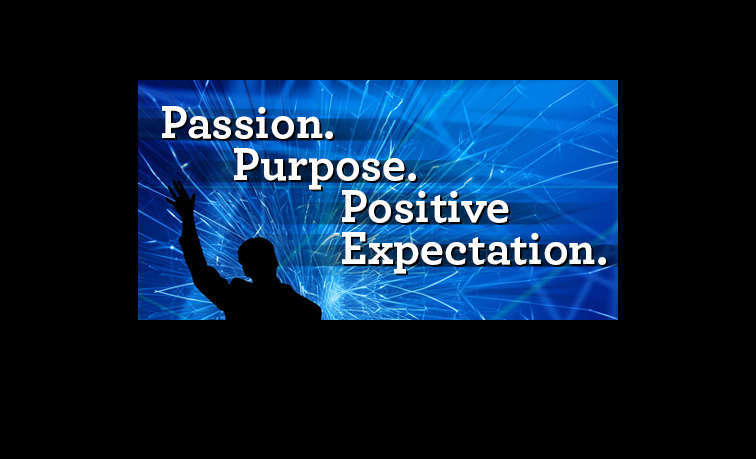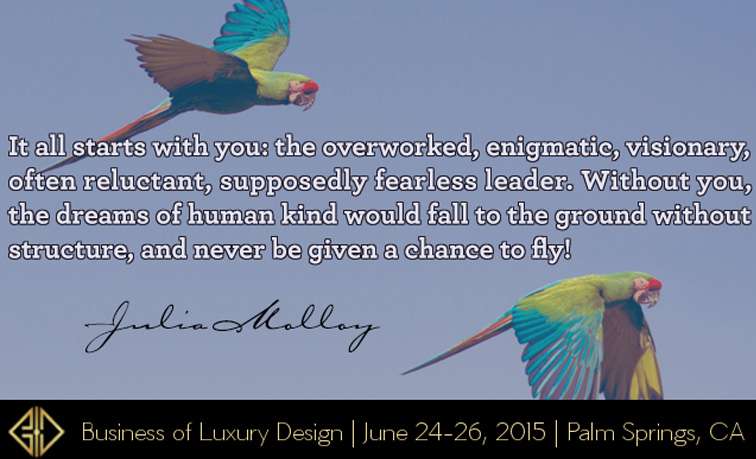Believing in negative thoughts is the single greatest obstruction to success. Sometimes those thoughts can become overwhelming; it can be hard to see through the worry and fear and take the necessary steps to move forward. That’s why we are here to help you!
At the BOLD Summit, we connect you with the leading industry experts who have already confronted these doubts and overcome! They know how to do it and do it well and they are here to show you the way. Kelly Hoppen, Martyn Lawrence Bullard, and Joan Behnke are three Masters of interior design and at BOLD 2015 you will get the opportunity to hear their stories, ask them questions, and learn what you need to know to succeed.
You will leave the BOLD Summit not only with the tools but with the knowledge that it is possible and and it’s possible for you!







